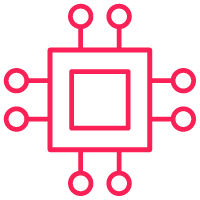
Learn how to install Neovim on Ubuntu 24.04 with this comprehensive guide. Discover installation methods, essential configurations, and plugins to enhance your coding experience. Table
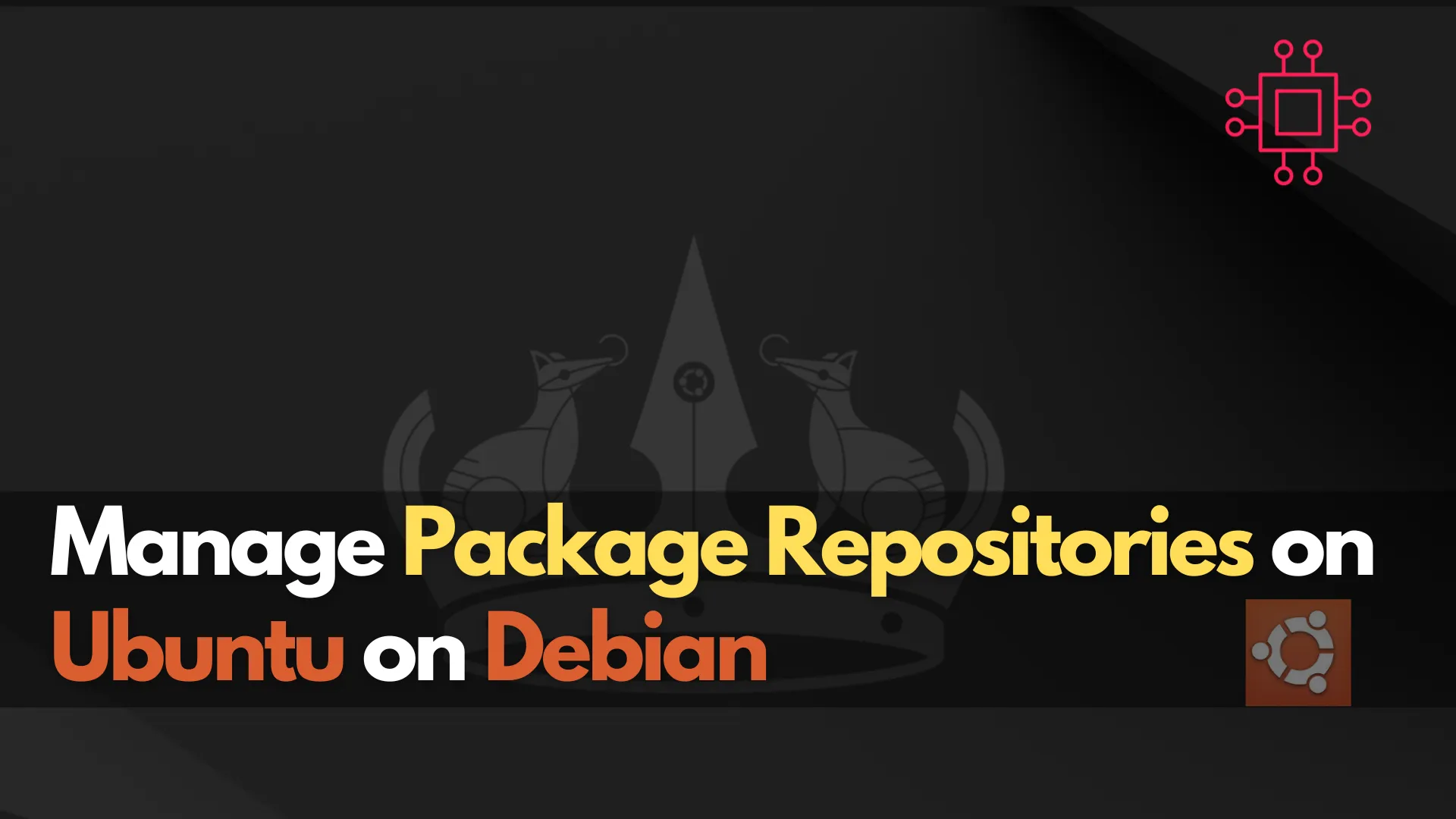
Learn how to manage package repositories on Ubuntu and Debian for effective software installation and updates. This guide provides essential commands, troubleshooting tips, and best practices to optimize your package management system.
When working with Ubuntu or Debian-based systems, one of the most essential tasks for a system administrator or developer is managing package repositories. These repositories contain collections of software packages that allow you to easily install, update, and remove applications on your system. Proper management of these repositories is crucial for ensuring that your system remains secure, stable, and efficient.
In this comprehensive guide, we’ll walk you through the essentials of managing package repositories on Ubuntu and Debian. Whether you are setting up repositories for the first time, troubleshooting issues, or optimizing your existing setup, this article will equip you with the knowledge and tools to get the job done efficiently.
What Are Package Repositories? |
A package repository is a storage location that holds software packages which can be installed on your system. Repositories are typically hosted online, and the software packages are categorized by their functionalities. When you run package management commands (such as apt), your system fetches the relevant package from the repositories to install or update it.
Ubuntu and Debian use the APT (Advanced Package Tool) for package management. APT relies on repositories listed in configuration files like /etc/apt/sources.list and /etc/apt/sources.list.d/ to locate software packages.
Default Repositories on Ubuntu on Debian |
By default, Ubuntu and Debian configure repositories that are ready to use. These repositories are officially maintained by their respective distributions, and they provide stable and secure software packages.
deb http://archive.ubuntu.com/ubuntu/ focal main restricted universe multiverse
deb-src http://archive.ubuntu.com/ubuntu/ focal main restricted universe multiverse
Optional: If you’re using a specific version of Ubuntu or a different repository, make sure you are using the correct mirror. You might need to adjust the repository URLs accordingly based on your Ubuntu version.
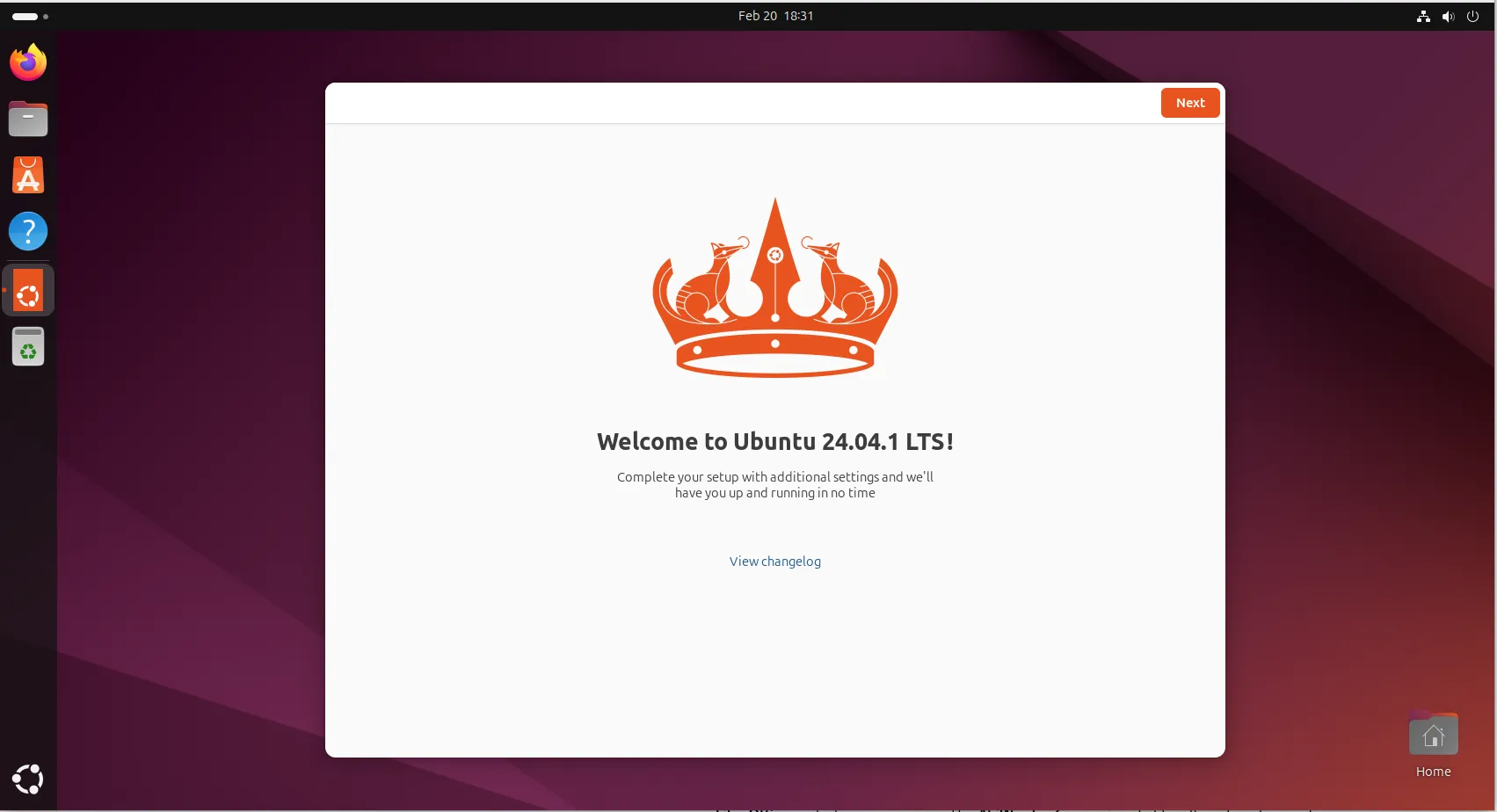
Photo by admingeek from Infotechys
deb http://deb.debian.org/debian/ bullseye main contrib non-free
deb-src http://deb.debian.org/debian/ bullseye main contrib non-free
These repositories are organized into several components:
|
|
|
|
To see the list of repositories currently configured on your system, open a terminal and run the following command:
cat /etc/apt/sources.list
cat /etc/apt/sources.list.d/ubuntu.sources # On Ubuntu 24.04
Types: deb
URIs: http://us.archive.ubuntu.com/ubuntu/
Suites: noble noble-updates noble-backports
Components: main restricted universe multiverse
Signed-By: /usr/share/keyrings/ubuntu-archive-keyring.gpg
Types: deb
URIs: http://security.ubuntu.com/ubuntu/
Suites: noble-security
Components: main restricted universe multiverse
Signed-By: /usr/share/keyrings/ubuntu-archive-keyring.gpg
Alternatively, you can also check additional repository lists stored in /etc/apt/sources.list.d/:
ls /etc/apt/sources.list.d/
ubuntu.sources ubuntu.sources.curtin.orig
Sometimes, you might need to add external repositories to install software not available in the default ones. Here’s how you can add a new repository:
Add a repository using |
Use this command for adding Personal Package Archives (PPAs) on Ubuntu-based systems.
sudo add-apt-repository ppa:some/ppa
sudo apt update
Manually adding a repository |
If you have a specific URL for a repository, you can manually add it to your /etc/apt/sources.list or create a new .list file under /etc/apt/sources.list.d/. For example:
echo "deb http://example-repo.com/ubuntu/ focal main" | sudo tee -a /etc/apt/sources.list.d/example-repo.list
sudo apt update
Removing unwanted or broken repositories is just as important for maintaining a healthy system. You can remove a repository either by editing the sources.list or .list files directly or using the add-apt-repository command.
Remove a repository using |
sudo add-apt-repository --remove ppa:some/ppa
sudo apt update
Manually remove a repository |
Open the repository file in your preferred text editor:
sudo vim /etc/apt/sources.list
Or remove a .list file under /etc/apt/sources.list.d/:
sudo rm /etc/apt/sources.list.d/example-repo.list
sudo apt update
It’s crucial to keep your repositories up to date, especially to receive security patches and bug fixes. To update the information about the available packages, you can run:
sudo apt update
This command fetches the latest package listings from all the repositories you have configured.
Managing repositories can sometimes lead to issues, especially when dealing with external repositories or a misconfigured system. Below are some common problems and how to fix them.
404 Error: Repository Not Found |
If you see errors like “404 Not Found” when running apt update, it means that the repository’s URL is incorrect or unavailable. You can fix it by checking your repository URLs in /etc/apt/sources.list and /etc/apt/sources.list.d/ and ensuring they are correct.
GPG Errors: Signature Issues |
Occasionally, you may see GPG errors indicating that the repository’s signing key is missing. To resolve this, you can manually download and add the repository’s GPG key.
wget -qO - https://example-repo.com/repo.gpg | sudo apt-key add -
sudo apt update
Package Conflicts: Dependencies Not Met |
Package conflicts can occur if repositories are out of sync or packages have missing dependencies. Running the following command can often resolve dependency issues:
sudo apt --fix-broken install
Package pinning is a feature that allows you to specify which version of a package should be installed, even if it’s available in a higher version from another repository. This is useful for testing new versions or preventing automatic upgrades of certain software packages.
Create or edit the pinning file |
sudo vim /etc/apt/preferences.d/pinning
Example pinning configuration |
To pin a package at a specific version:
Package: <package-name>
Pin: version <version-number>
Pin-Priority: 1001
A higher priority ensures that the specified version is preferred.
Common Package Management Commands |
| Command | Description |
|---|---|
sudo apt update | Updates package list from all repositories. |
sudo apt upgrade | Upgrades installed packages to the latest versions. |
sudo apt install <package-name> | Installs a package. |
sudo apt remove <package-name> | Removes a package. |
sudo apt purge <package-name> | Removes a package along with its configuration files. |
sudo apt search <package-name> | Searches for a package in the repositories. |
sudo apt-cache show <package-name> | Displays detailed information about a package. |
|
|
|
|
Managing package repositories on Ubuntu and Debian is essential for maintaining the health and security of your system. By understanding how to configure, add, remove, and troubleshoot repositories, you can ensure your system remains secure, up-to-date, and free of unnecessary software conflicts. Whether you are managing a personal machine or handling a large fleet of servers, effective repository management is key to smooth operations.
Did you find this article useful? Your feedback is invaluable to us! Please feel free to share this post with anyone who could benefit and–your thoughts in the comments section below.

Learn how to install Neovim on Ubuntu 24.04 with this comprehensive guide. Discover installation methods, essential configurations, and plugins to enhance your coding experience. Table
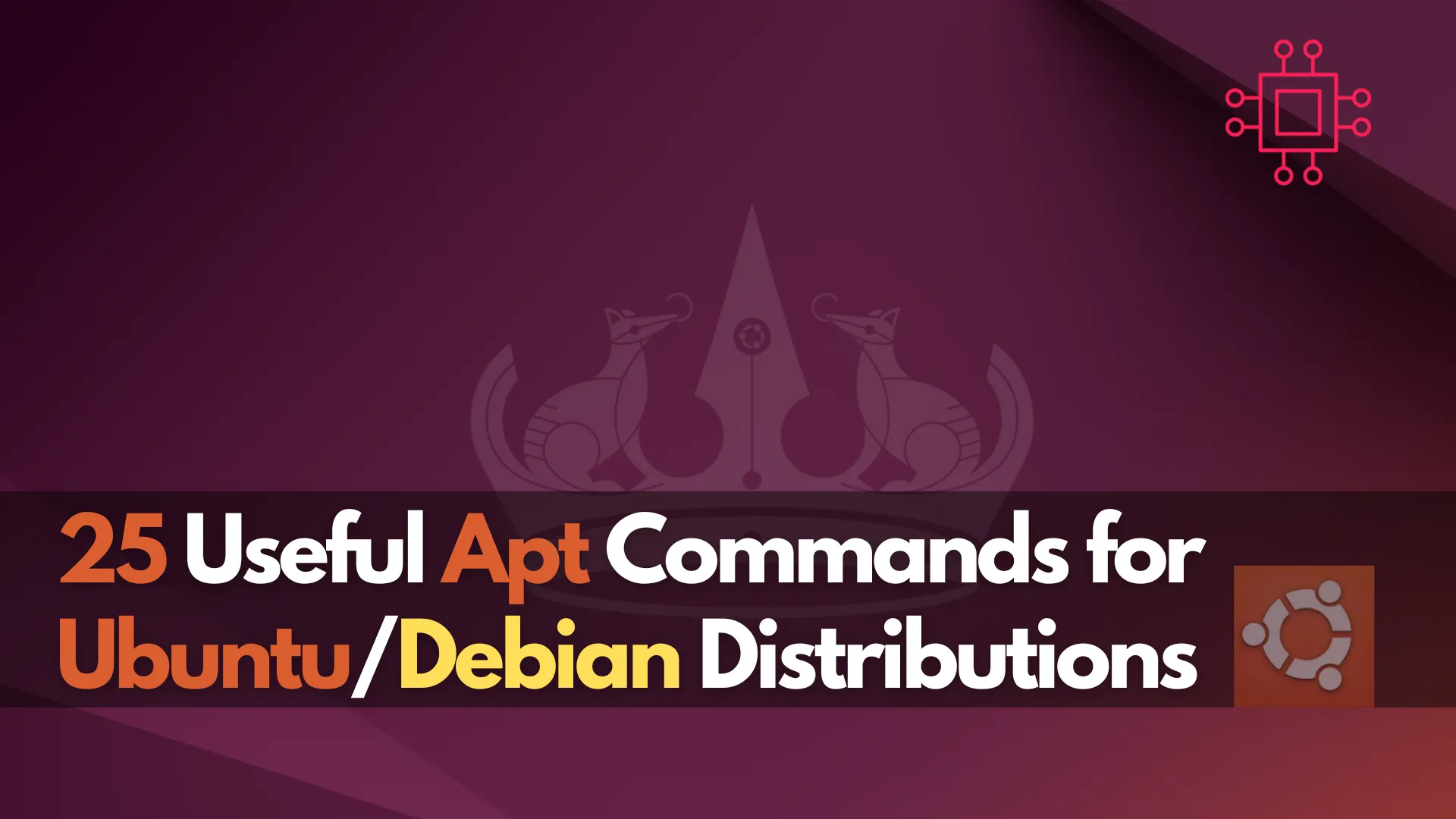
Discover 25 essential apt commands for Ubuntu and Debian distributions to manage packages, perform upgrades, and maintain a clean system. Boost your efficiency and productivity
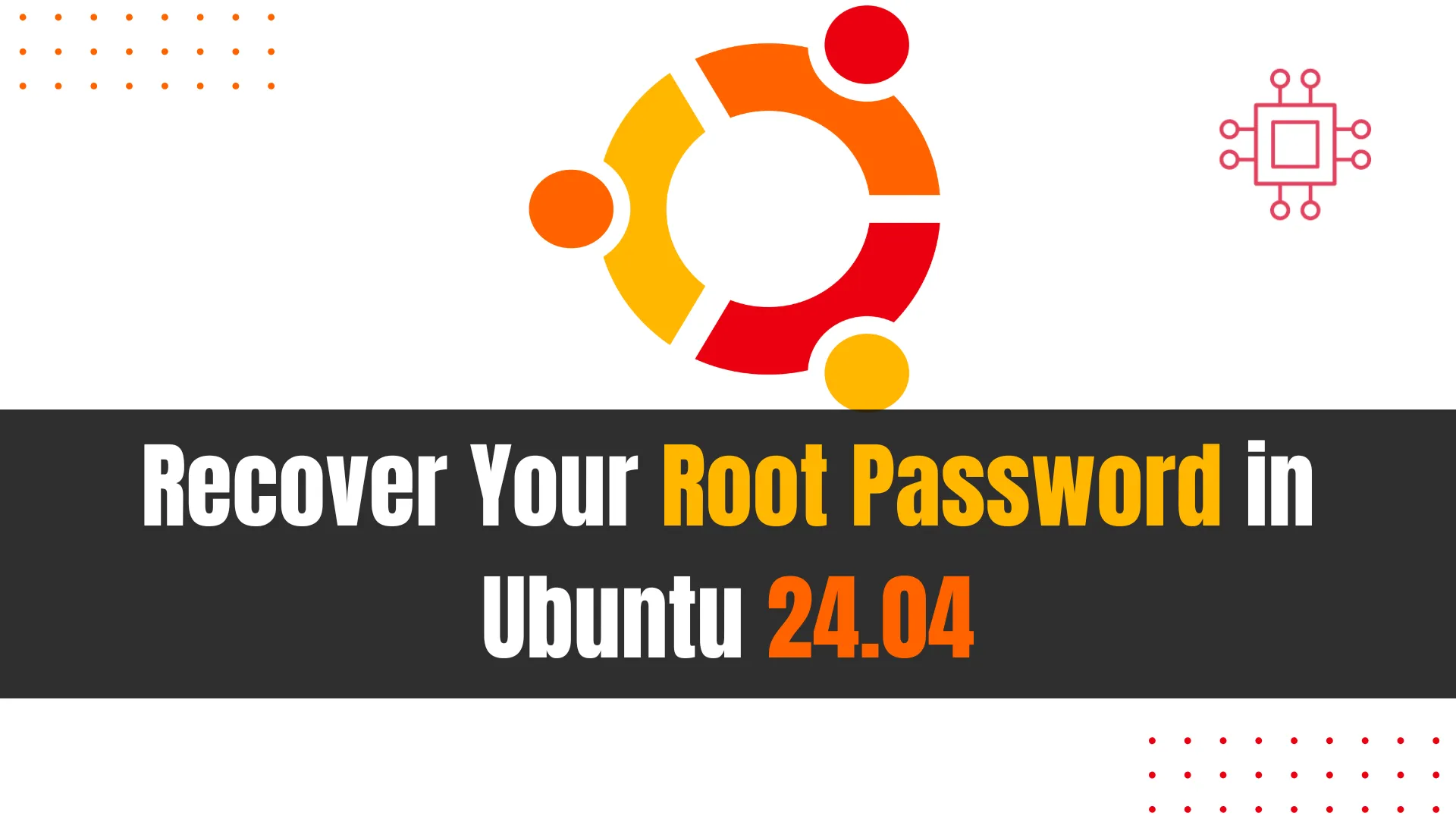
Learn how to recover your root password in Ubuntu 24.04 with this comprehensive guide. Follow step-by-step instructions for accessing recovery mode, resetting your password, and
